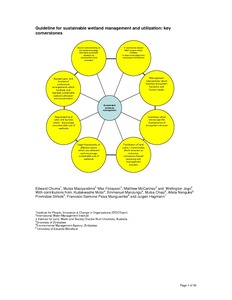Maximizing water yield with indigenous nonâforest vegetation: a New Zealand perspective
Provision of clean freshwater is an essential ecosystem service that is under increasing pressure worldwide from a variety of conflicting demands. Water yields differ in relation to landâcover type. Successful resource management therefore requires accurate information on yields from alternative vegetation types to adequately address concerns regarding water production. Of particular importance are upper watersheds/catchments, regardless of where water is extracted.




